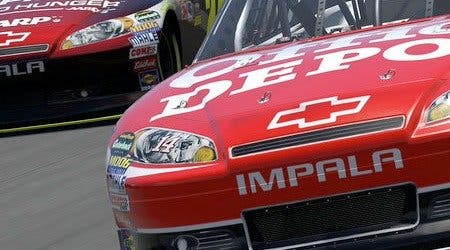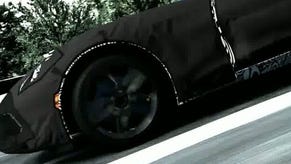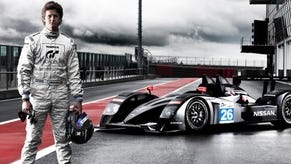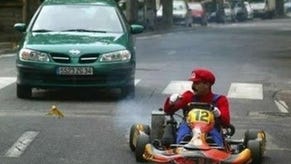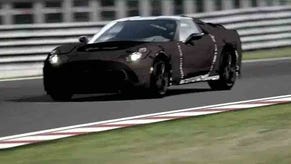GT5 2.0: Why You Need To Go Back
12 months on, what's changed in Polyphony's racer?
Some are born great, some achieve greatness, and some have greatness patched upon 'em. When it launched last November, Gran Turismo 5 was certainly marked with brilliance; a work of slavish endeavour, its dedication to recreating the automobile in many of its forms elevated the simulator to a form of art, with a poetry at the heart of Polyphony's game that its peers have failed to emulate.
This single-mindedness did more than bless Gran Turismo 5 with a certain genius, though. So studied was the studio in its craft, so obsessed with its work, that it seemed to take its eye off of the fast evolving word of driving games around it, and when it launched Gran Turismo 5 was as archaic as it was artful.
An online mode crippled by an obtuse front end, an interface that was willfully difficult and a spread of content obscured under a dense lattice of menus all suggested that Polyphony's attention was elsewhere.
But the past year has seen Polyphony turn its attention to the community, compiling feedback and slowly chipping away at its creation, fine-tuning it with iterative tweaks. Nearly twelve months after the initial release playing Gran Turismo 5 is a markedly different experience, and undeniably a better one.
Since day one the updates have been steady and constant, reaching a head with last week's Spec 2.0 release that's the most serious overhaul yet. Placing such a weighty patch up against the release of Forza Motorsport 4 was endearingly combative if a little crude, and it brazenly invites comparison between the two.
On-track it's still Gran Turismo that's the superior game - and it helps that Polyphony has recently adopted one of the world's greatest circuits in the long overdue first batch of DLC. Spa Francorchamps provides the perfect arena to highlight Gran Turismo's handling supremacy, and this famed stretch of tarmac that runs through the Ardennes has arguably never been so well adapted in a game.
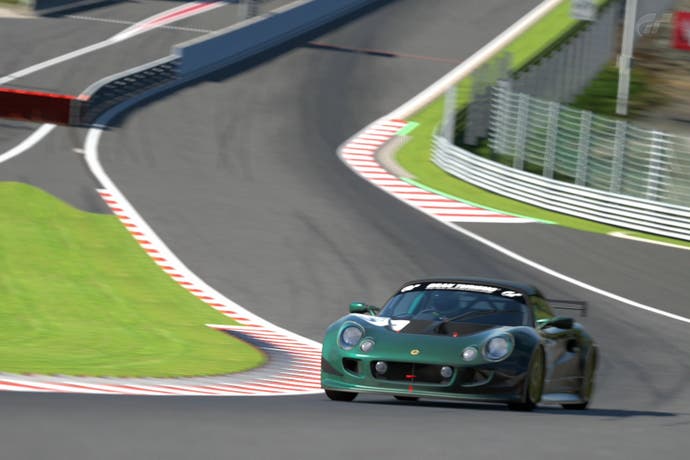
The fast uphill sweep of Eau Rouge highlights how Polyphony have managed to convey a tangible sense of weight through mere code and plastic, the car's balance shifting perceptibly as you reach the kink and the tarmac sucks you in. Elsewhere, Pouhon shows how well Gran Turismo communicates the differences between cars - you'll need to show your intent a couple of hundred yards beforehand in a Lotus Elise, unbalancing the rear end with a dab of brake before sending it to the apex, while in one of the newly added race-spec GTRs sweeping left hander can be handled in the moment.
Meanwhile Les Combes and La Source show where Gran Turismo 5's real genius lies. It's in the braking zones, where cars dance and skitter with an alarming intensity, that Polyphony's work really marks itself apart from Turn 10 whose Forza 4 feels comparatively timid.
Gran Turismo 5, now as ever, demands wide-eyed attention at every turn, and in this regard it's very much the Dark Souls of driving. It's got its own Blighttown too, in the form of a drive around the Nordschleife in the dead of night, an experience that's as terrifying and as challenging as anything in From Software's game.
It's a combination that featured in the original, unpatched release of Gran Turismo 5, but now it's more openly accessible. Gran Turismo 5 was once infuriatingly coy about its offerings, hiding its variable time and weather options and limiting them in their implementation.
